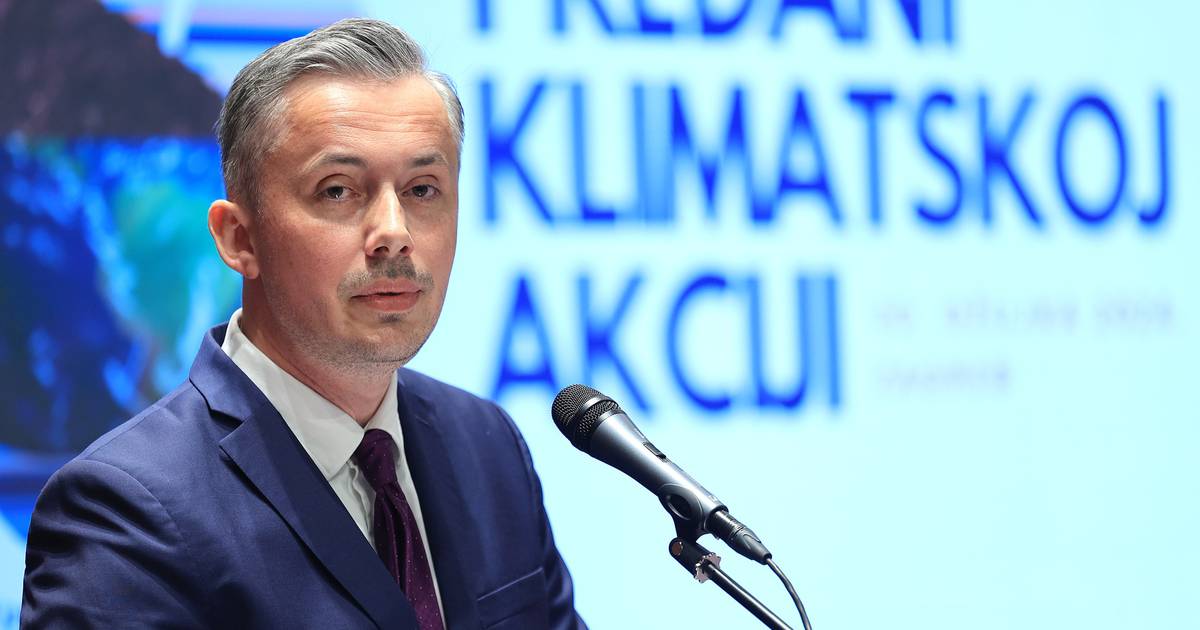In the aftermath of recent hail and heavy rain in Croatia, discussions about artificial weather modification have been prompted. As the Director of the State Hydrometeorological Institute, Ivan Güttler has explained on his social networks that DHMZ is the only national meteorological service in the EU with a legal obligation to seed convective clouds with silver iodide to combat hail. However, efforts to influence the weather and climate for disaster mitigation and agricultural benefits have a long history in Croatia, dating back to the mid-19th century.
The use of silver iodide to seed storm clouds and prevent hail has been a method employed since 1945, despite limited scientific evidence supporting its effectiveness. The idea of defense against hail using radar and rocket seeding originated in the Soviet Union in the 1960s and spread to Eastern Europe, including Croatia. While DHMZ has been carrying out operational hail defense for over 40 years, it is not in line with global standards, and its effectiveness remains questionable and unproven.
Ivan Güttler has raised concerns about the potential dangers of using silver iodide to influence large storm clouds. Citing research that suggests an increase in storm energy and hail size due to seeding, Güttler has called for a reevaluation of the hail defense system. Despite legal obligations, DHMZ’s methods have been criticized for their lack of scientific backing.
The Act on the system of defense against hail came into force in 2001, entrusting DHMZ with operational hail defense in northern Croatia. However, concerns raised by experts like Ivan Güttler continue to be debated regarding its effectiveness and necessity, especially when considering concerns about potential dangers posed by this method.
In conclusion, while DHMZ’s efforts towards defending against hail have been ongoing for decades, their effectiveness remains uncertain due to limited scientific evidence supporting their methods. It is crucial that further research is conducted before any decisions are made regarding their continued use as a form of disaster mitigation or agricultural benefits.



